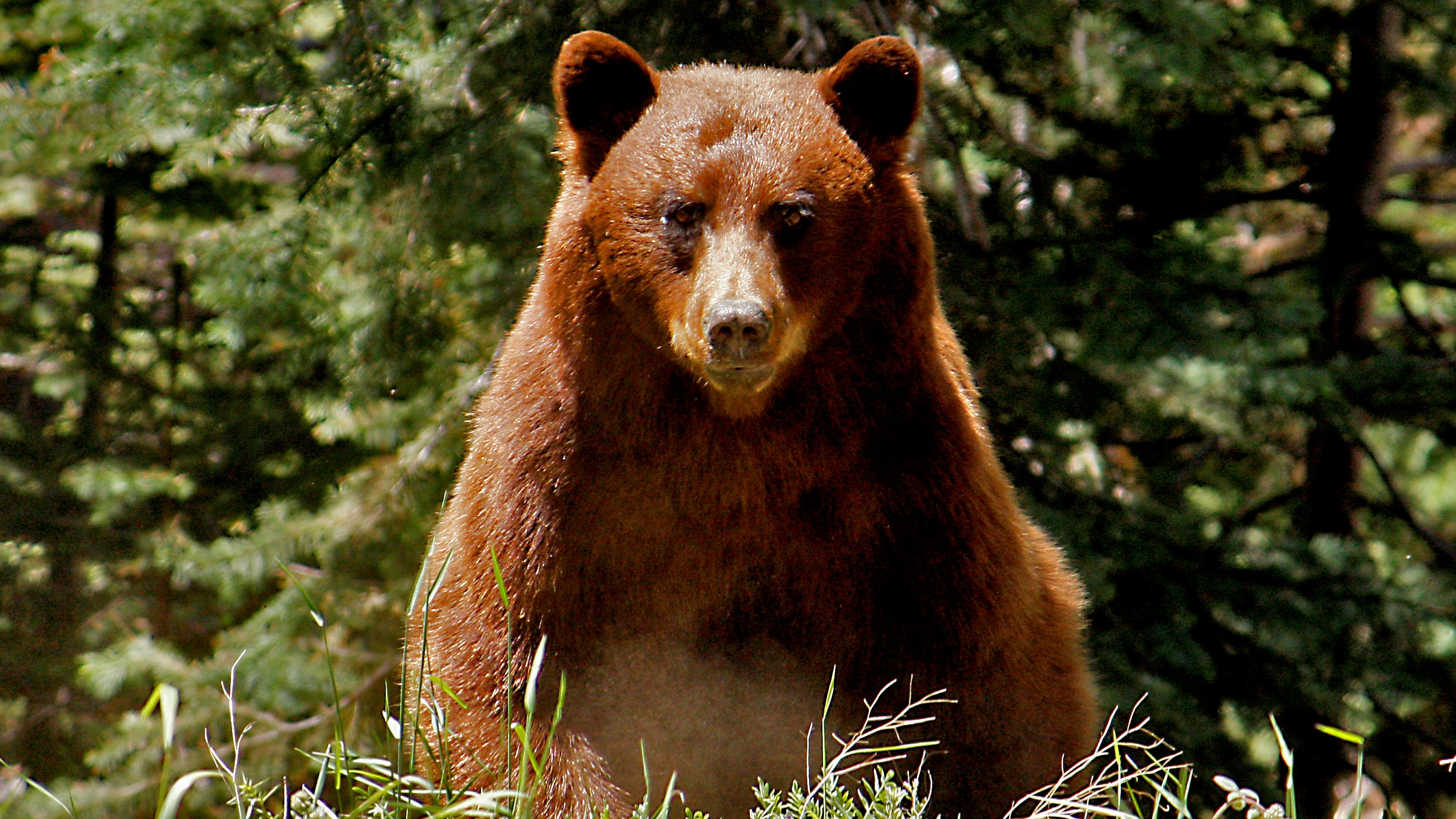
Rangers at Yosemite National Park are encouraging hikers to keep their eyes on the ground for bear poop, and take a good look to see what it can tell them about wildlife in the area.
In a Facebook post this week, Rangers explained how a bear's diet can influence its leavings, and changes throughout the year. For example, during the summer months they will eat more fibrous food like fruit and seeds, as well as bones, which can't be digested completely and result in larger, looser piles of poop.
During the fall, bears will begin a period of hyperphagia, when they gorge themselves on as much food as possible to put on important fat that will help them survive hibernation. They will consume up to 20,000 calories per day, which is the equivalent of 11lb of acorns, or 100lb of berries.
"If you see any bear scat, try to figure out what that poo is telling you!" Yosemite's Rangers urge, encouraging you to take a good look at the animals' leavings.
As the North American Bear Center (NABC) explains, bear scat doesn't smell bad if the animal has only been eating fruits, nuts, acorns or vegetation, and fresh dropping are a sign that a bear has passed through the area recently.
Other clues include five-toed tracks or trails, though these may be indistinct unless the animal has walked across a soft surface due to their soft feet. Bears also mark trees by rubbing on them, and mature males may claw and bite trees or utility poles during the mating season.
"Claw marks are usually superficial, but incisor bites are deep enough that pieces of bark and wood are sometimes pulled out," says the NABC. "Bites leave nearly horizontal marks that look like a dot and a dash where the upper and lower canine teeth came together."
Both black and grizzly bears prefer to avoid close encounters with humans, and will generally leave the area first if they can hear you coming, and these signs can all give you an early warning that the animals are around so you can take precautions. For more advice, see our guides what to do if you meet a bear and how to use bear spray.
- The best hiking boots: tough footwear tested for strength, stability and comfort







